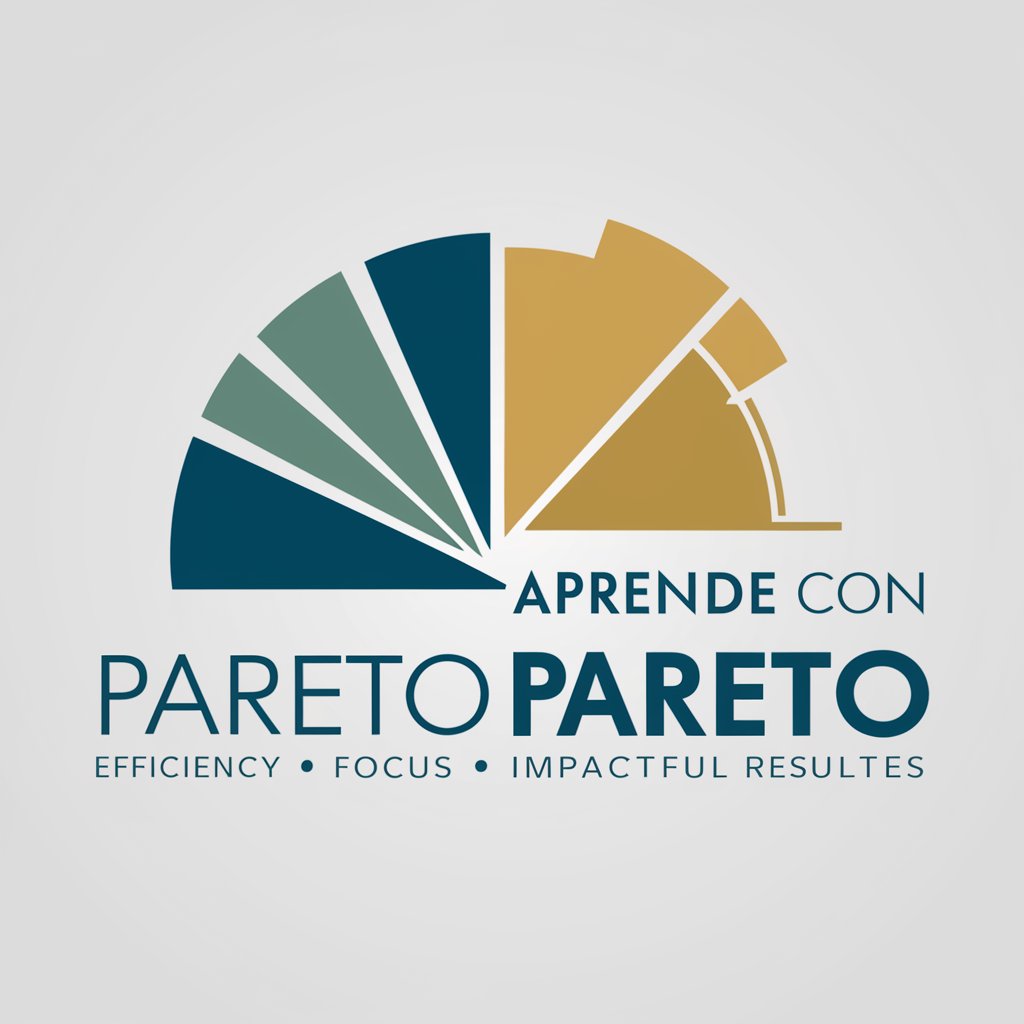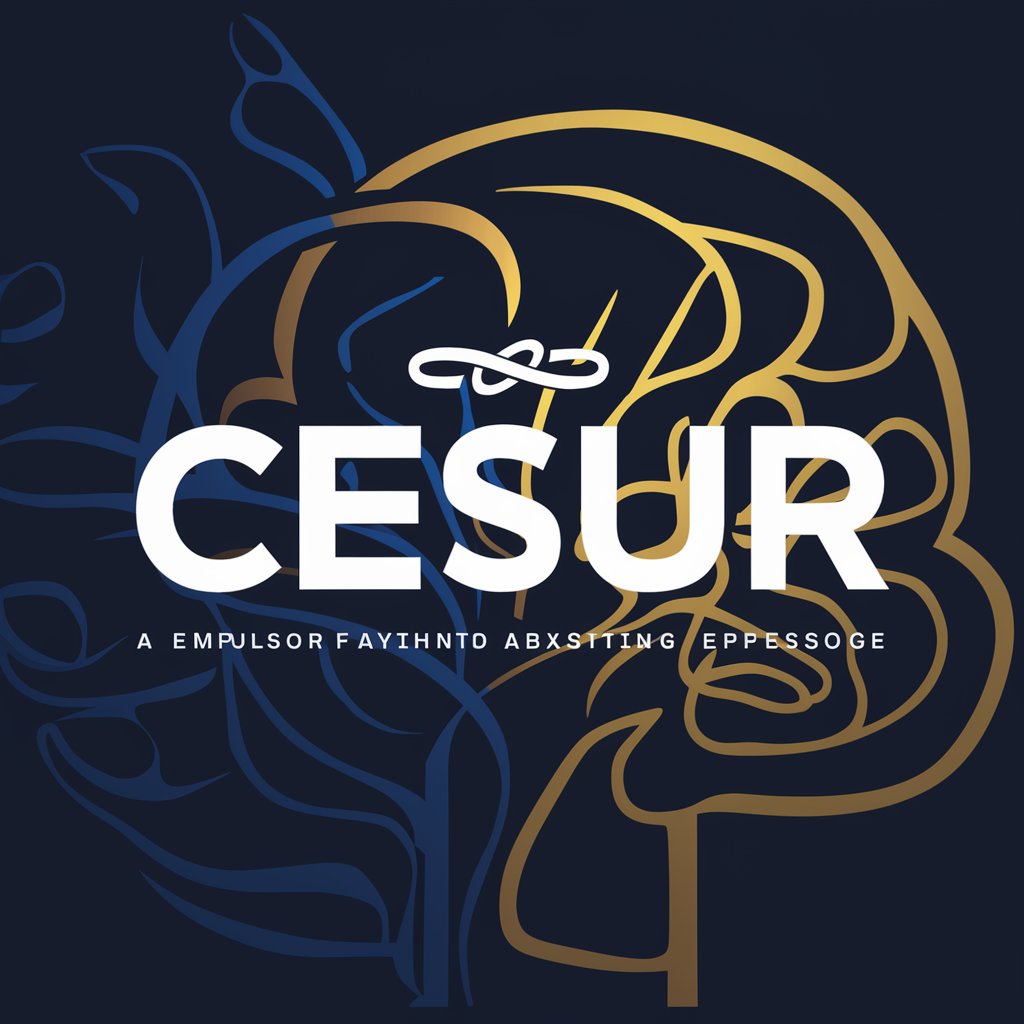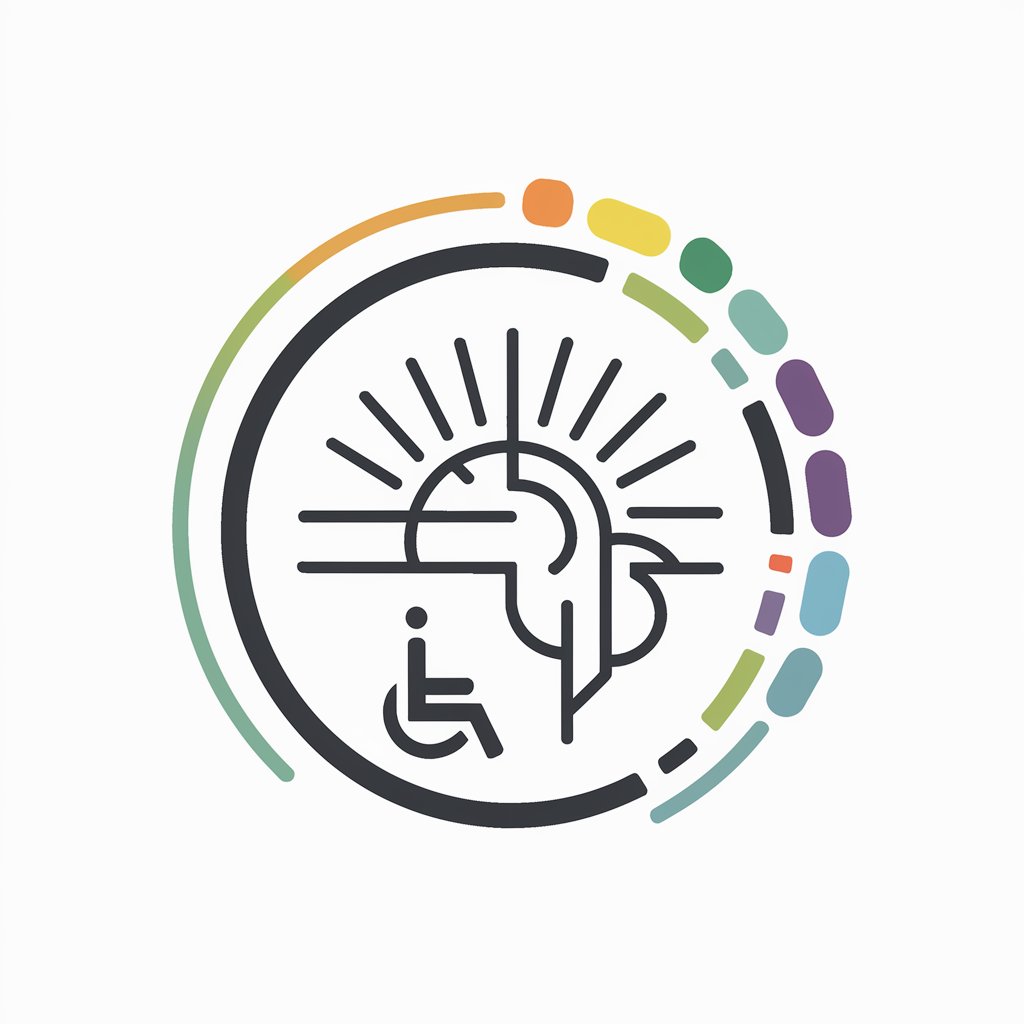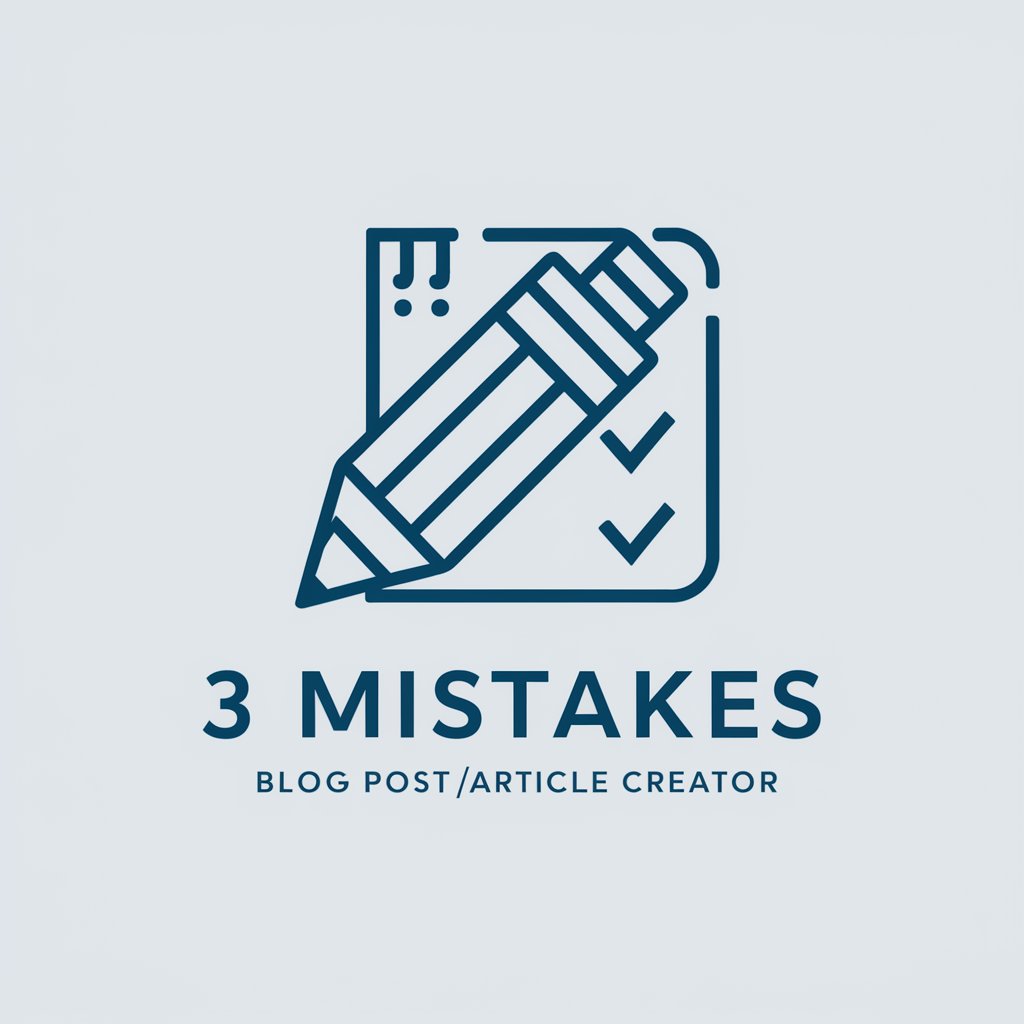Principio de pareto - Pareto Principle Insight

Hola, optimiza tu éxito con 'Aprende con Pareto'.
Maximize impact with AI-driven Pareto analysis
Explain how the Pareto Principle can improve productivity in a business setting.
Discuss the impact of applying the 80/20 rule in personal time management.
How can the 80/20 rule be utilized in decision-making processes?
What are the key benefits of identifying and focusing on the vital 20% in project management?
Get Embed Code
Introduction to the Pareto Principle
The Pareto Principle, also known as the 80/20 rule, is a concept that suggests that in many situations, roughly 80% of the effects come from 20% of the causes. This principle was first introduced by the Italian economist Vilfredo Pareto in the late 19th century, when he noticed that approximately 80% of the land in Italy was owned by 20% of the population. The principle has since been applied to a wide range of fields beyond economics, including business, management, software engineering, and personal productivity. For example, in business, it is often observed that 80% of a company's profits come from 20% of its customers. Similarly, in productivity, 80% of outcomes can often be attributed to 20% of the tasks or efforts. Powered by ChatGPT-4o。

Main Functions of the Pareto Principle
Priority Setting
Example
In a business context, the principle helps in identifying which products or services generate the most revenue. By focusing on these key areas, a company can optimize its resources for maximum profit.
Scenario
A retail company analyzes its sales data and finds that 20% of its product lines generate 80% of its sales. The company then prioritizes these products in marketing and stock replenishment.
Problem Solving
Example
The Pareto Principle assists in identifying the few critical issues that cause the majority of problems. Addressing these issues can significantly improve overall performance.
Scenario
In quality control, a manufacturer identifies that 20% of defect types are responsible for 80% of the product returns. Focusing on these defect types can drastically reduce return rates and improve customer satisfaction.
Time Management
Example
Individuals can apply the 80/20 rule to prioritize tasks that yield the most significant results, improving productivity and efficiency.
Scenario
A professional realizes that 20% of their tasks contribute to 80% of their job success. They decide to focus more on these high-impact tasks while delegating or minimizing time spent on less critical activities.
Customer Relationship Management
Example
Businesses use the principle to focus on the most profitable customers, enhancing customer service and loyalty programs for that segment.
Scenario
A service provider analyzes its customer base and finds that 20% of clients are responsible for 80% of its revenues. The company then develops tailored services and loyalty rewards for these key clients to enhance retention and satisfaction.
Ideal Users of the Pareto Principle
Business Managers and Executives
These professionals can leverage the Pareto Principle for strategic planning, resource allocation, and maximizing operational efficiencies. It helps in decision-making by identifying areas that yield the most significant impact on revenue and growth.
Quality Assurance Professionals
Individuals in quality assurance and control can apply the principle to identify and address the most common sources of defects or issues, thereby improving product quality and customer satisfaction.
Entrepreneurs and Small Business Owners
For entrepreneurs, understanding and applying the 80/20 rule can be crucial for prioritizing efforts and resources in the most impactful areas, especially when resources are limited.
Personal Productivity Enthusiasts
Individuals looking to optimize their personal and professional lives can use the Pareto Principle to focus on the most productive tasks, relationships, and habits that contribute to their goals and well-being.

Using Principio de Pareto: A Step-by-Step Guide
Step 1
Begin by exploring Pareto's Principle capabilities without any commitment. Visit yeschat.ai to enjoy a free trial, no login or ChatGPT Plus subscription required.
Step 2
Identify the key areas or aspects in your project or workflow where you suspect a disproportionate impact originates. Common areas include sales, customer complaints, and product defects.
Step 3
Collect and analyze data relevant to the identified areas. Look for patterns where 20% of causes are leading to 80% of results. Tools like spreadsheets or analytics software can be helpful.
Step 4
Prioritize actions based on your analysis. Focus your resources and efforts on addressing the critical 20% to achieve significant improvements in efficiency and outcomes.
Step 5
Regularly review and adjust your focus as necessary. The Pareto Principle is dynamic; what constitutes the critical 20% may change over time or with shifts in your business environment.
Try other advanced and practical GPTs
易经建议(I CHing Expert)
AI-powered I Ching Insights

Copywriter SEO
Empower Your Writing with AI

Promptea IMÁGENES TOP
Bringing Your Ideas to Visual Life

Promptea BLOGGER
Empowering Your Writing with AI

Promptea GHOSTWRITER
Crafting Your Voice with AI

Spjallaðu við Jólasveinn
Bringing Christmas Magic to Chat

Designer Devin
Empowering design decisions with AI

Profitable Sales Letter Generator
Empower Your Sales with AI

Content Profit Subject Line Creator
Crafting Captivating Subject Lines with AI

Template & Topic Content Creator
Craft Engaging Content with AI

3 Mistakes Blog Post/Article Creator
Spot and Fix Common Writing Mistakes

Content Profit Title Creator
Crafting Catchy Titles with AI

Principio de Pareto Q&A
What is the Principio de Pareto?
The Principio de Pareto, or Pareto Principle, is a theory suggesting that 80% of effects come from 20% of causes, highlighting the imbalance between inputs and outputs.
How can Principio de Pareto improve business efficiency?
By identifying the 20% of efforts or resources that contribute to 80% of results, businesses can prioritize their focus and resources more effectively, improving efficiency and productivity.
Can the Principio de Pareto be applied to personal life?
Yes, it can be applied to various aspects of personal life, such as time management, where focusing on the most impactful activities can enhance personal productivity and satisfaction.
Are there limitations to the Principio de Pareto?
While powerful, it's not a one-size-fits-all solution. It requires accurate identification of causes and effects, and the ratios might not always be exactly 80/20.
How often should I re-evaluate my application of the Principio de Pareto?
Regular re-evaluation is crucial as circumstances change. Reviewing the 20/80 distribution periodically ensures ongoing optimization and adaptability to new challenges.
